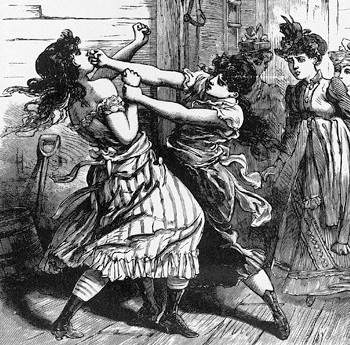An ‘orphaned mite of blue-eyed, wondering humanity’: Adoption, sentiment, suspicion and the poor laws
In 1878, The Cambrian newspaper departed from its usual dry reporting of the meetings of Swansea’s Guardians of the Poor to publish an account of a ‘child adoption’, in which a female child was taken from the workhouse to be ‘adopted’ by a local woman. The only comparable entry in the guardians’ minute book is from their meeting … More An ‘orphaned mite of blue-eyed, wondering humanity’: Adoption, sentiment, suspicion and the poor laws





